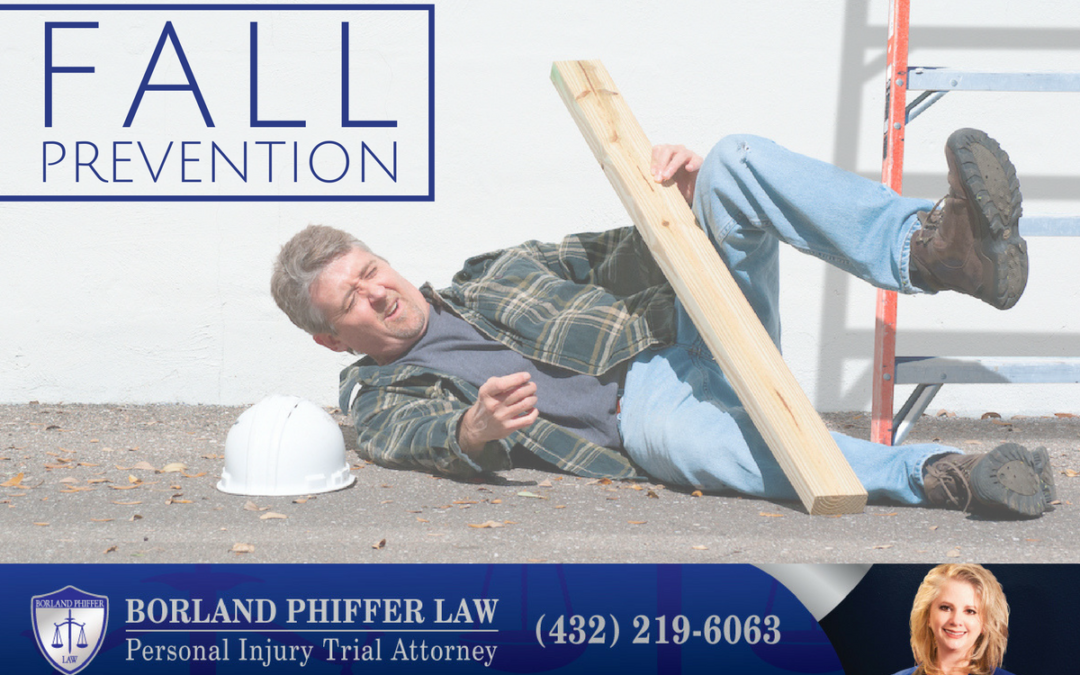A new season, fall, is here – but that’s not the kind of fall we are working to prevent. According to the Centers for Disease Control and Prevention, since 2001, falls have been the number one cause of emergency room visits. In addition, falls are the number one cause of injury and death among older Americans. Fall prevention is a necessary safety precaution.
While our senior citizens often become the focal point of our fall prevention discussions, they are not the only ones who need to be concerned. 75% of all fall-related emergency room visits happen to people under the age of 68. There is an opportunity for us to teach others how to avoid falls and the injuries that accompany them.
Fall Prevention 101
Reduce Fall Injuries
The first step in reducing fall injuries is increasing our awareness that falls can and do happen to everyone. We must be aware of high-risk situations, and this begins with increased caution. How do we practice this increased caution? Take a look at the tips below.
- When on stairs, always use a handrail.
- Always watch where you’re walking. Don’t walk and text.
- Consider getting nightlights for bedrooms and hallways.
- Bathrooms are a high-risk area. Know this and always use caution.
- If you notice a problem area, fix the issue right away.
- Slow down – most fall injuries happen when we are in a hurry.
- Be aware of the path ahead of you and anticipate high-risk areas.
Can You Spot The Hole?
Recently, I attended a high school track meet and was shocked by the amount of holes on the area surrounding the field. However, this is just one of the many examples of high-risk situations in which we should train ourselves to use increased caution. Take a look at the image collage below. In the bottom image, can you spot the holes pictured in the 2 images above? Always be aware of the risk and build the correct habits to prevent falls.

Can you spot the hole?
Questions about fall injuries? Message my office by clicking here.


